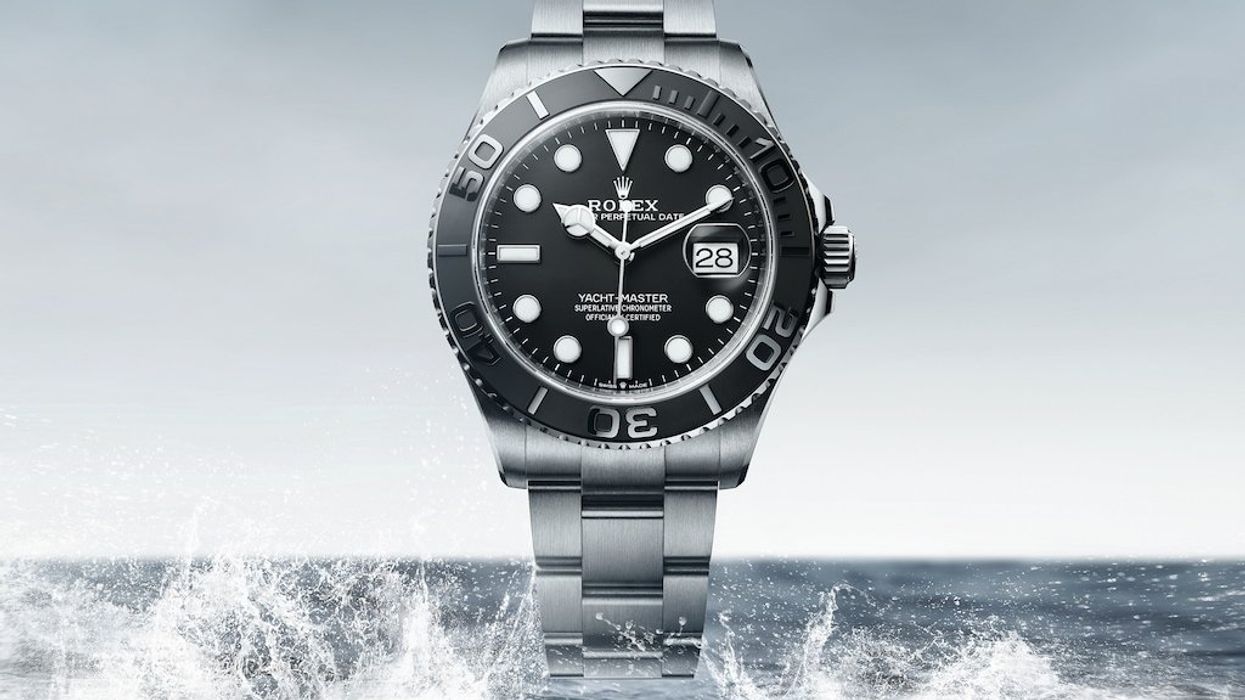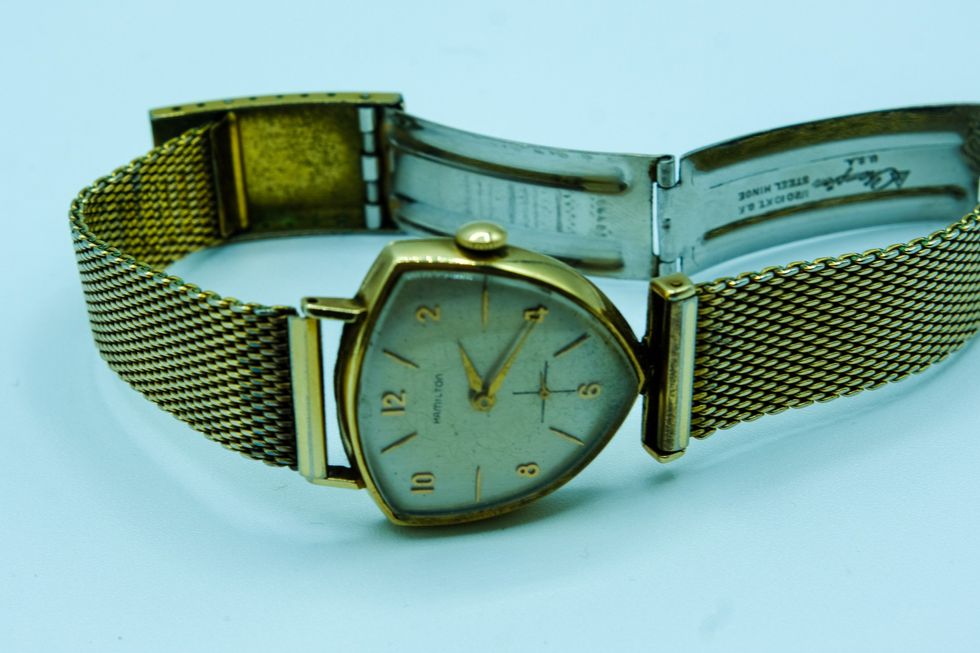
Image courtesy of Rolex

Tick. Tick Tick. When COVID initially struck, we retreated into ourselves, both physically and digitally. Removed from the actual world, we had to confront our reality in new and sometimes depressing ways. We watched terrible television on Netflix and took up baking bread. The painful version was doomscrolling into oblivion. Perhaps we got a glimpse into a horrifying future, where we exist vicariously through screens and in brief interactions with the invisible underclass who delivers our “stuff.” It made us re-evaluate our lives, careers, and relationships. When there's nothing to do, it's harder to lie to yourself.
It wasn't all bad, though. Grappling with these realities allowed some people to recognize what was important in their lives, make career shifts, or escape the urban decay to a more meaningful life. It also allowed us time to pursue our passions. I received a Christmas gift during the lockdown that launched an obsession and made me reconnect with my family. I got my grandfather's watch.
The watch fascinated me. It was my grandfather's gold 1959 Hamilton Thor, only made for two years. He wore it all his life, and it reminded me of the times we spent together. It took me countless hours of research on obscure forums to identify the model. It was asymmetric in design and small. It connected me with someone I thought I knew but who in reality died when I was in high school. What fascinated me was that after sixty years, this mechanical machine still ran and kept time. I was enthralled by how a tiny apparatus could still function after all this time. I was hooked.

With the large amount of free time afforded by COVID and a burgeoning online watch community, I began my deep dive. I wanted to know everything I could about this world. No detail was too mundane or brand too esoteric. I researched the history and latest offerings of tiny brands and giant conglomerates. I also tried to understand the engineering and mechanical logic behind how to build a watch.
Watchmaking is an incredibly complex profession requiring patience and skill. The movement of a watch is a conglomeration of hundreds of minuscule parts that tell the time. A fascinating interactive website explores how all these parts work together. The machine can be as simple as just telling time or involve complications like the moon's phases, tracking a second time zone, stopwatch functions, day, date, month, and a leap year, all controlled by tiny gears and a silicon hairspring.
In many ways, the watch is an entirely anachronistic piece of tech. When every person on earth has a smartphone, what is the point of a piece of Rube Goldberg tech strapped to your wrist? It makes no sense. Never mind that in the watch world, this tech battle was fought in the '70s and the mechanical watch lost.
The Japanese launched the first battery-powered quartz watch in 1969, revolutionizing watchmaking. For the first time, you could make an inexpensive watch that kept time better than a Swiss watch. These watches utilize a battery that oscillates the movement and keeps near-perfect time. While the best Swiss movements would lose a few seconds a day, these quartz movements would lose a few seconds a month. Instantly, mass production and economies of scale came to the industry, and the price dropped drastically.
The Swiss were caught entirely flat-footed. Many famous watch houses went bankrupt, and people predicted the end of mechanical timepieces, but something strange happened on the way to obsolescence. Unlike nearly every technological advancement, consumers increasingly choose the less reliable and older technology. To be sure, most watches produced are quartz; however, when people buy a luxury, high-end piece, they almost exclusively pick mechanical. Some explain this pull as feeling like mechanical watches have a soul. It has to be one of the only industries where the older technology has skipped creative destruction and instead thrived.
Maybe it's the ability of a mechanical watch to be repaired and last a lifetime; perhaps it's that some people would rather have their eyes clawed out than receive emails and texts on their wrists. But the reality is that an older technology is more popular in 2023 than ever.
Receiving this watch connected me with my grandfather. It also led me to discover my family history. In passing, my mom mentioned my family's history in horology. Digging through her genealogy records, I found that my family in the 1700s had been master watchmakers and produced pieces for everyone from Louis XIV to the emperor of China. I was even able to track down and purchase a book my many-great-grandfather, eight generations back, had written about his travels and horology. It made me wonder if this passion had been imprinted on my soul, lying dormant until just the right time.
A watch not only tells the time but signals details about its wearer. One of the things I find fascinating about the greater watch world is its intrinsic connection to class. The watch is one of the only socially acceptable pieces of male jewelry, and it's a way to flex your net worth. By wearing a Rolex, you signal you've made it. If you rock an even more expensive or harder-to-find watch, you signal to other men, or women, your elite status. This drive to show off has driven secondary market prices through the roof, as hype permeates all aspects of consumer culture. Of course, it's inherently stupid.
But counterintuitively, this class distinction is intriguing because there are so many interesting, high-quality pieces that will last for decades and are affordable. You can rarely purchase anything well made that you will be able to pass it down to grandchildren for a couple hundred dollars. Watch collecting is a hobby anyone with any income can participate in and enjoy.
I realized something through this obsession: Some possessions are not fleeting. A quality watch can be a companion as you travel the world. It can be a totem you carry with you as you experience life. My wife bought me a watch for our COVID backyard wedding. It was a Japanese-only release designed by the famed Italian car designer Giorgetto Giugiaro, who worked with James Cameron for the film "Aliens," to create a Seiko people might wear in the future. And it means so much to me because it represents our life together. Gross materialism is inherently cringe, but sometimes a possession can hold meaning. It can connect you with family members you love and miss or ancestors who lived centuries before. Or it can just tell you the time.